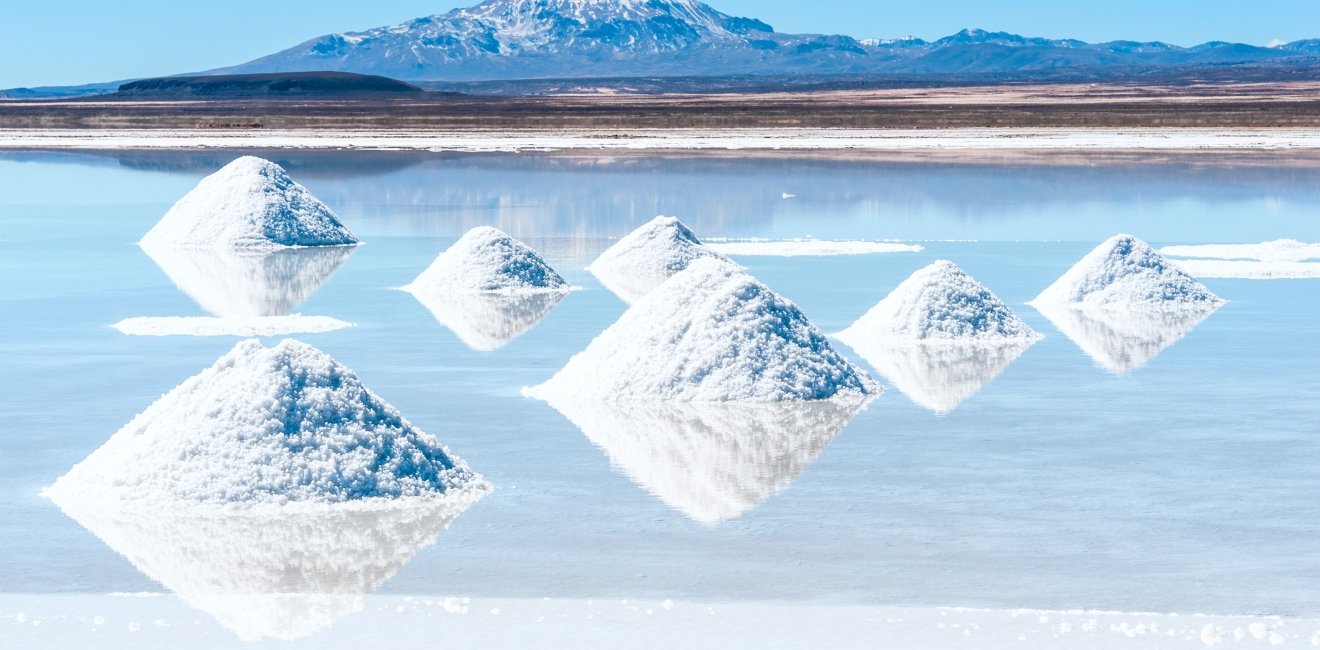
A blog of the Wilson Center

Mining of critical minerals like lithium and cobalt will likely need to quadruple between now and 2040 to keep the overall global temperature from increasing beyond the two degree Celsius breaking point.
An underappreciated constraint on the green energy transition is the sheer mining and industrial capacity required to meet the likely demand for critical minerals used in key components of products like electric vehicles, or EVs. For example, when compared to its fossil fuel-based counterpart, each EV typically requires six times the inputs of minerals such as copper, nickel or graphite.
This need becomes more challenging when one factors in political and security situations in the source countries for many of these minerals. For example, lithium and cobalt are two of the most important minerals for EV batteries production. While lithium demand is expected to increase by a staggering 42 times by 2040, two thirds of the world’s reserves are in investment-friendly Australia and Chile. Unfortunately, almost 70% of cobalt is mined in the Democratic Republic of Congo — a nation with more than its share of insecurity, extreme poverty, and government corruption, evidenced in part by the fact that more than five million Congolese are currently internally displaced.
And the challenge isn’t merely where these minerals are mined: according to the International Energy Agency, the vast majority of green energy minerals are processed in the People’s Republic of China.
A recent Wilson Center analysis shows extraction of critical minerals suffers chronic underinvestment in the U.S. because it’s perceived as ecologically unfriendly, politically fraught, and extremely long term. Obtaining the required permits for a new mine can take up to ten years because it often involves multiple jurisdictions, and political, and legal challenges.
In 2019, half of all registered new businesses in Bahrain were owned by women.
The Middle East is not always known as a friendly business environment for women. At less than 20 percent, the region has the lowest female labor force participation rate in the world. National laws governing property rights, inheritance, and even freedom of movement often discriminate heavily against women. Up until 2018, women in Saudi Arabia were not even allowed to drive.
But beneath these poor regional indicators lie significant signs of progress and hope. The small island kingdom of Bahrain in the Persian Gulf has long been a regional outlier when it comes to women’s rights. The first public school for girls was opened in 1928, and women who owned property were allowed to vote in municipal elections in the 1930s, according to historical archives published by al Watan newspaper.
Economic empowerment of women remains a political priority for the kingdom. Female participation in the labor force is twice the average for the Middle East, and 78% of women enroll in tertiary education – again nearly twice the region’s average. Forty-nine percent of all new businesses registered with the government in 2019 were owned by women. And, with Bahrain moving to position itself as a tech hub in the Gulf, it’s notable that in 2019 more start-ups there were female owned than in Silicon Valley.
Along with the UAE and other Gulf countries, Bahrain is demonstrating that the Arab world is not monolithic when it comes to women’s rights or economic policies. Many challenges remain for women there, but the signs of progress in Bahrain and elsewhere are unmistakable.
Coal-fueled electricity usage in the U.S. is expected to increase by 18% in 2021, the first increase since 2014
The COP26 climate summit in Glasgow, Scotland ended with last minute drama when China and India maneuvered to water down language on eliminating the use of coal. The burning of coal is the single biggest contributor to global CO2 emissions. China gets more than 60% of its energy from coal, with India not far behind, and both refused to sign an agreement that pledged to “phase out” the use of the fuel. Yet even in the United States, coal not only remains a major source of energy but, for the first time in seven years, it is expected to increase its share of electricity generation this year.
There are some hard economic realities working against the world’s shared climate goals. Global energy demand is steadily increasing as economies advance and nations develop, but the supply of renewable energy alternatives like wind and solar is not keeping pace. Simply put, there are severe supply constraints on rapidly expanding the use of electric vehicles, wind turbines and other mainstays of sustainable energy.
Absent green alternatives, the energy supply continues to be largely a competition between different fossil fuels – and right now coal seems to be winning. It’s also true that the price of energy has skyrocketed: in the twelve months ending in October, energy prices in the U.S. increased a stunning 30%. The price of natural gas has spiked 28% in the last year, while coal’s price has remained fairly steady.
Of course, the U.S. is far from alone in seeing coal supplies increase. China has been boosting its coal production, and the International Energy Agency is projecting global demand for coal to increase this year above the pre-pandemic 2019 level — despite the outcomes of COP26.
Author

Explore More in Stubborn Things
Browse Stubborn Things
Spying on Poachers

China and the Chocolate Factory

India: Economic Growth, Environmental Realities
